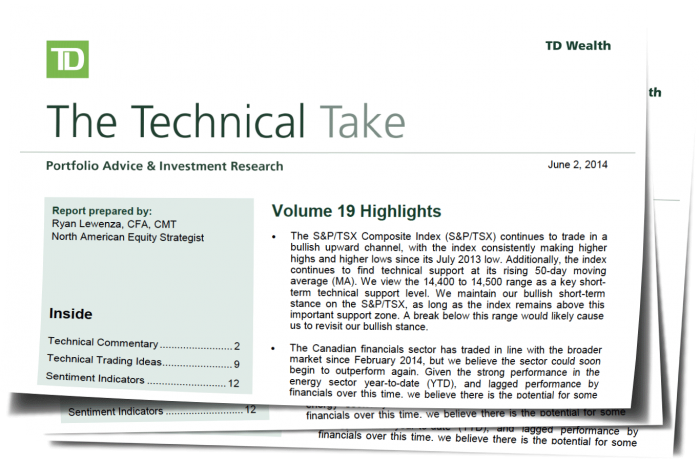In response to recent stock and bond market rallies, many are asking Russ whether stocks and bonds can continue to advance together. He explains why investors should stick with stocks, which he believes should outperform over the long run.
by Russ Koesterich, Portfolio Manager, Blackrock
Last week, both stocks and bonds rallied. Bond yields fell to an 11-month low, with the yield on the10-year U.S. Treasury hitting 2.44% as prices correspondingly rose. Meanwhile, stocks also advanced, hitting new closing high records.
The question now is: Can stocks and bonds continue to advance together?
As I write in my new weekly commentary, “Sticking with Stocks,” at current levels, traditional bonds look expensive and I continue to favor equities over bonds. Even as stocks move toward new highs, they still offer more relative value than bonds, and I expect them to outperform over the long run.
Though I don’t expect a big selloff in bonds, causing rates to sharply climb back up, I do expect interest rates to rise modestly in the second half of the year. Even a small rate rise puts bond holders at risk, and at current prices, I don’t think traditional taxable bonds, notably Treasuries, offer enough value to compensate investors for those risks.
On the other hand, given how low rates are today, the prospect of moderately rising rates shouldn’t be a significant threat to stocks. When long-term yields are significantly below the 4% threshold, as they are today and will likely be through at least early next year, multiples actually tend to rise along with rates. In addition, an environment in which both rates and inflation are well below their long-term average is a favorable one for stocks and is supportive of modestly higher valuations.
However, investors do need to recognize that while equity markets still look cheap compared to bonds, they are getting more expensive. The rally in stocks is pushing valuations toward the upper end of their historical range. Many of the large markets, notably the United States, are no longer cheap in an absolute sense.
That said, there are still a few markets that look reasonable priced and offer some relative value. For instance, of the major developed markets, Japan is by far the cheapest, and emerging markets also look reasonably priced, trading at a discount to their post-crisis and long-term averages.
The bottom line: In a world of few bargains, investors need to tread carefully and look for relative value. Rather than chase yields lower, I’d focus on the pockets of value within the broader stock market, and I’d continue to favor stocks, which can still move higher this year, over bonds.
Sources: BlackRock, Bloomberg
Russ Koesterich, CFA, is the Chief Investment Strategist for BlackRock and iShares Chief Global Investment Strategist. He is a regular contributor to The Blog and you can find more of his posts here.
International investing involves risks, including risks related to foreign currency, limited liquidity, less government regulation and the possibility of substantial volatility due to adverse political, economic or other developments. These risks often are heightened for investments in emerging/developing markets or in concentrations of single countries.
















